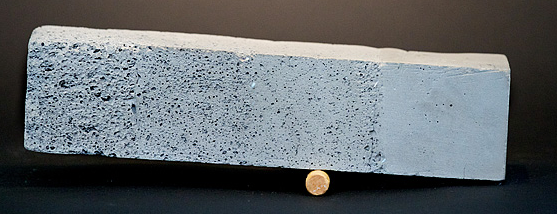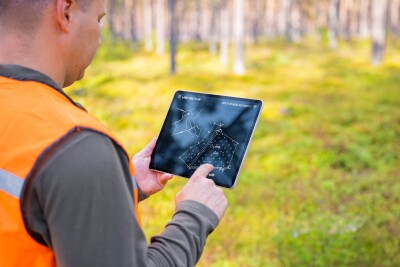MIT has a great article up right now outlining its contributions to 3D printing, both past and continuing. It provides an interesting look into why 3D printing was developed, what leaps it has made recently, and what researchers are working on right now. All of it gets me thinking about how 3D data capture folks can take advantage.
Essentially, the 3D printer wad developed to assist with rapid-prototyping. New stuff created from scratch by CAD drawings. People wanted to see if the design was any good in the real world before making a bunch of them, and they wanted it faster. 3D printing obliged. But, as 3D printing has evolved to allow for different materials, including metal, it has become a tool for actual reverse engineering – moving beyond rapid prototyping to simple rapid manufacturing.
And this is where it gets interesting:
Another variant underway now is a system being developed by Neri Oxman PhD ’10, the Media Lab’s Sony Corporation Career Development Assistant Professor of Media Arts and Sciences, and her graduate student Steven Keating for “printing” concrete. Their ultimate aim: printing a complete structure, even a whole building.
Say there’s an as-built structure you’d like to replicate a piece of? Just scan it and print it. How’d that be? With all of the infrastructure that’s failing across the United States – bridges, highways, etc. – how convenient would it be to scan a piling, bring it into CAD, smooth out the warts, and then print the piece that replaces the failing piling?
More interesting, though, is the prospect of replacing pieces of structures that have failing parts with even more efficient parts that may actually be stronger:
Not only would it be possible to create fanciful, organic-looking shapes that would be difficult or impossible using molds, but the technique could also allow the properties of the concrete itself to vary continuously, producing structures that are both lighter and stronger than conventional concrete.
Here’s a photo of the proof-of-concept:
I’d say that’s pretty cool.
3D printing has long been dismissed as only for small items and rapid prototyping and new things. But I think it won’t be long before we’re using the same concepts, maybe in much larger and adapted form, in the construction and engineering fields, paired with real-world 3D data capture.






